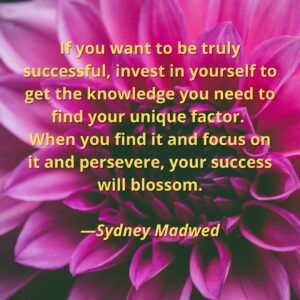 In a world of selfies and 30-seconds of viral fame, focusing on images of ourselves may seem self-indulgent. However, it’s actually critical to healthy growth and meaningful relationships. On January 13, Scarlet Welborn, our Professional Development & Infant/Toddler Specialist, talked with Fox 8 News’ Cindy Farmer about the importance of self-identity in early childhood on the Mommy Matters segment.
In a world of selfies and 30-seconds of viral fame, focusing on images of ourselves may seem self-indulgent. However, it’s actually critical to healthy growth and meaningful relationships. On January 13, Scarlet Welborn, our Professional Development & Infant/Toddler Specialist, talked with Fox 8 News’ Cindy Farmer about the importance of self-identity in early childhood on the Mommy Matters segment.
IMPORTANCE OF SELF-IDENTITY
Self-identity begins with knowing and understanding who you are. As it grows, it can build the confidence you have in yourself and your abilities. It helps you identify your strengths and talents. It also builds appreciation for the uniqueness of others.
As we build our self-identity, we are able to cherish those things that make us unique. We can more clearly see what we bring to the table in our interactions with others.
When we don’t have a strong self-identity, or feel negatively toward our personal characteristics, it can affect how we interact with others. Anxiety and feelings of inadequacy can lead to shutting down, shying away from, and even lashing out at those around us.
 SELF-IDENTITY IN EARLY CHILDHOOD
SELF-IDENTITY IN EARLY CHILDHOOD
In early childhood, building a positive sense of self-identity along with managing and redirecting negative feelings associated with self-identity are critical components to a healthy start in life. Young children need opportunities to reflect on and celebrate who they are and what makes them unique. As teachers, parents, and caregivers, we also need opportunities to self-reflect and learn and appreciate who we are.
MIRROR MIRROR ACTIVITY
One way of encouraging self-discovery and building self-identity among young children is through activities in which they can focus on their uniqueness.
Get started with this Mirror Mirror activity. You’ll need a shatterproof mirror, paper, and crayons (or other coloring media). Ask the child to look at their reflection in the mirror and draw what they see. Encourage them to express their favorite unique qualities through art. Remind them to look for lots of good things. You can give examples to guide them, such as, “I see your chocolate brown curls framing your happy face.” Model the activity by audibly finding unique characteristics in your own reflection and drawing your self portrait. Finally, share, point to, and talk about the pictures. Have the child share what they created and discuss what they like about their self-portrait. You do the same with yours.
